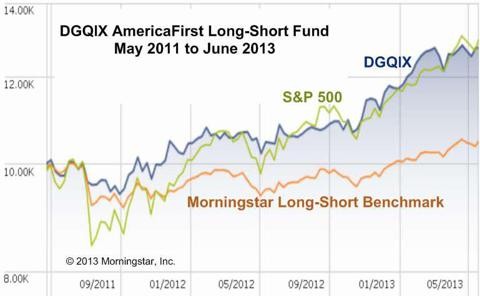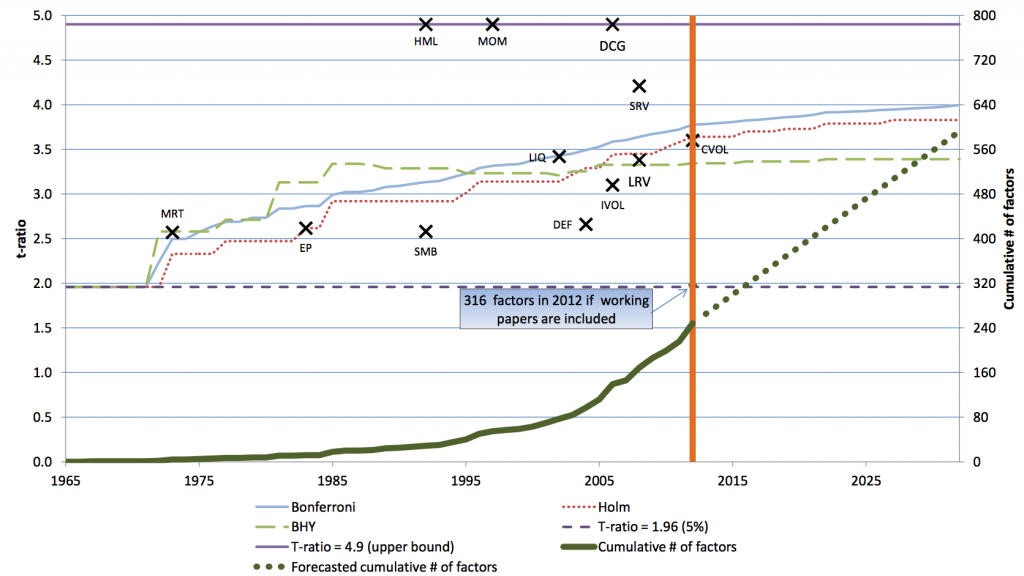3 Tips For Creating Your Own Equity Market Neutral Portfolio QuantShares Neutral
Post on: 28 Апрель, 2015 No Comment

Over the last ten years, consistent positive returns in the stock market have not been a sure thing and equity market neutral portfolios have become more popular. There are a host of ETFs out there that are market neutral including QuantShares U.S. Market Neutral Size Fund (SIZ ). An equity market neutral portfolio aims to hedge risk against changes in a sector or industry through taking long and short positions in different equities. In this article, I discuss 3 tips for creating a market neutral portfolio that hedges against fluctuations in the entire stock market.
Hedging against the market allows for investors to speculate on certain stocks without having to worry about losing on their investment because of changes in the entire stock market. This can be done by taking long and short positions in stocks whose weighted sum of Beta adds up to zero. With European debt worries and Q1 earnings season approaching, this can be a good way to cash in on stock picks without worrying about a bear market. However, this strategy can be extremely risky for an independent investor and heavy caution needs to be taken. Here are my 3 tips:
1. Go long on low Beta stocks and short on high Beta stocks
When looking at transaction costs and borrowing costs, it is a much better idea to hold more long positions than short positions in any portfolio. Since the weighted Beta of your long and short positions needs to be equal, it makes more sense to go long in low Beta securities and short high Beta securities. For example, consider this two stock example. Let’s use Coca-Cola (KO ), with a low Beta of 0.54 and Citigroup (C ), with a high Beta of 2.57. If you go long Coca-Cola and short Citigroup, you would need to go long on $4.76 in Coca-Cola shares for each $1 of Citigroup that you short, which is a good long-short ratio for a well rounded portfolio. If going long Citigroup and short Coca-Cola, you have a net short position, which can get expensive. So far in 2012, this portfolio of Coca-Cola and Citigroup would have returned 3.22 percent at the close of trading on April 9th. More importantly, the correlation between the daily change in price of the portfolio and the daily change in SPY (an S&P 500 ETF) is an incredibly low 0.08822. The correlate between changes in KO and changes in SPY is 0.341 for C and SPY it is a much higher 0.643.
Remember that the point of a market neutral portfolio is to go long on stocks you are bullish on and short on stocks you are a bear on in order to earn a speculative return. Buying low Beta stocks and shorting high Beta stocks just because of their Betas will be a bad idea long term and could cost an investor.
2. Consistently assess your Beta exposure
As time passes, the values of the different positions in your portfolio will change at a different rate than each security’s Beta. As a result, a portfolio with an initial Beta of zero will not stay market neutral without some manipulation. This is called Basis Risk. Constantly readjusting your position so your portfolio is always market neutral, or dynamic hedging, is implausible for an independent investor because of the time commitment and transaction costs. I suggest investors to establish a threshold for when they decide it is time to readjust their portfolio so that it becomes market neutral again. This way, you can realistically hedge against market risk without having to spend a fortune in transaction fees.
3. Stay solvent
Because shorting is critical in this portfolio, it is important to have some cash reserves to ensure that your short positions don’t knock out your portfolio in the event of disaster. If you avoid taking relatively fewer short positions than long positions, strongly diversify your portfolio, and keep some cash reserves, you should have no problem in successfully maintaining a market neutral portfolio.

My experience so far
Since experimenting with an equity market neutral portfolio, I’ve had a few successes and failures. When it comes to long positions, I’ve looked into The Southern Company (SO ), PG&E Corporation (PGE), McDonald’s Corporation (MCD ), and FirstEnergy Corp (FE ). All have Betas under 0.5 and have performed pretty well over the last few months. With short positions, I’ve looked into Whirlpool Corporation (WHR ), International Paper (IP ), American International Group (AIG ), and TRW Automotive Holdings (TRW ). All have had high Betas and have been very bearish. My losers have been going short on Research in Motion (RIMM ) and First Solar (FSLR ). I lost 30 percent and 80 percent with those investments, respectively.
Overall, the experimental portfolio has been a roller coaster ride, but has done very well. With a $5 million initial investment (not using real money yet), the portfolio has returned an annualized 78.4 percent since last September. However, I was in the red until the end of October and then again for most of January and February.
Going forward, I think that I will try to start a market neutral portfolio using real money. I strongly recommend it for investors who like to make individual stock picks and hate to lose on their investments because of a bear market. It is very risky because shorting is involved, but an experienced investor should have no problem staying afloat.
Disclosure: I have no positions in any stocks mentioned, and no plans to initiate any positions within the next 72 hours.














